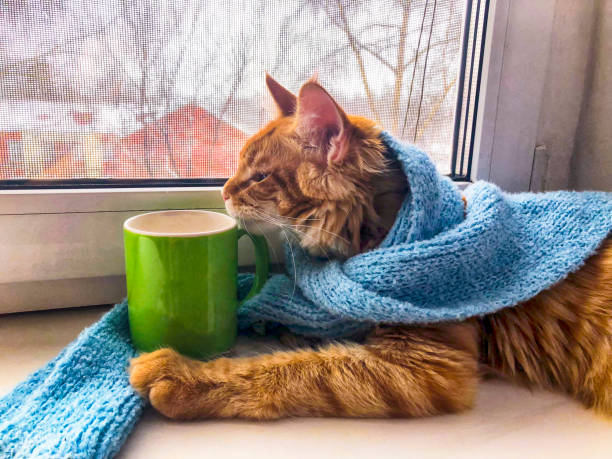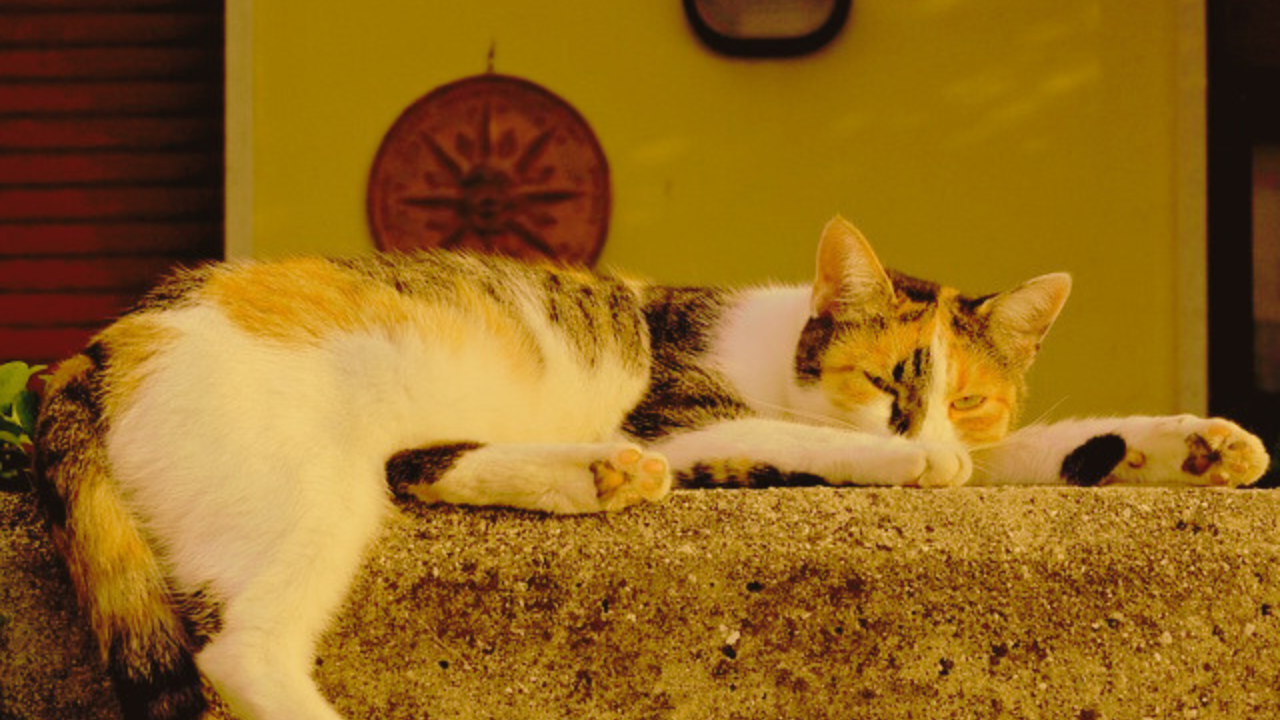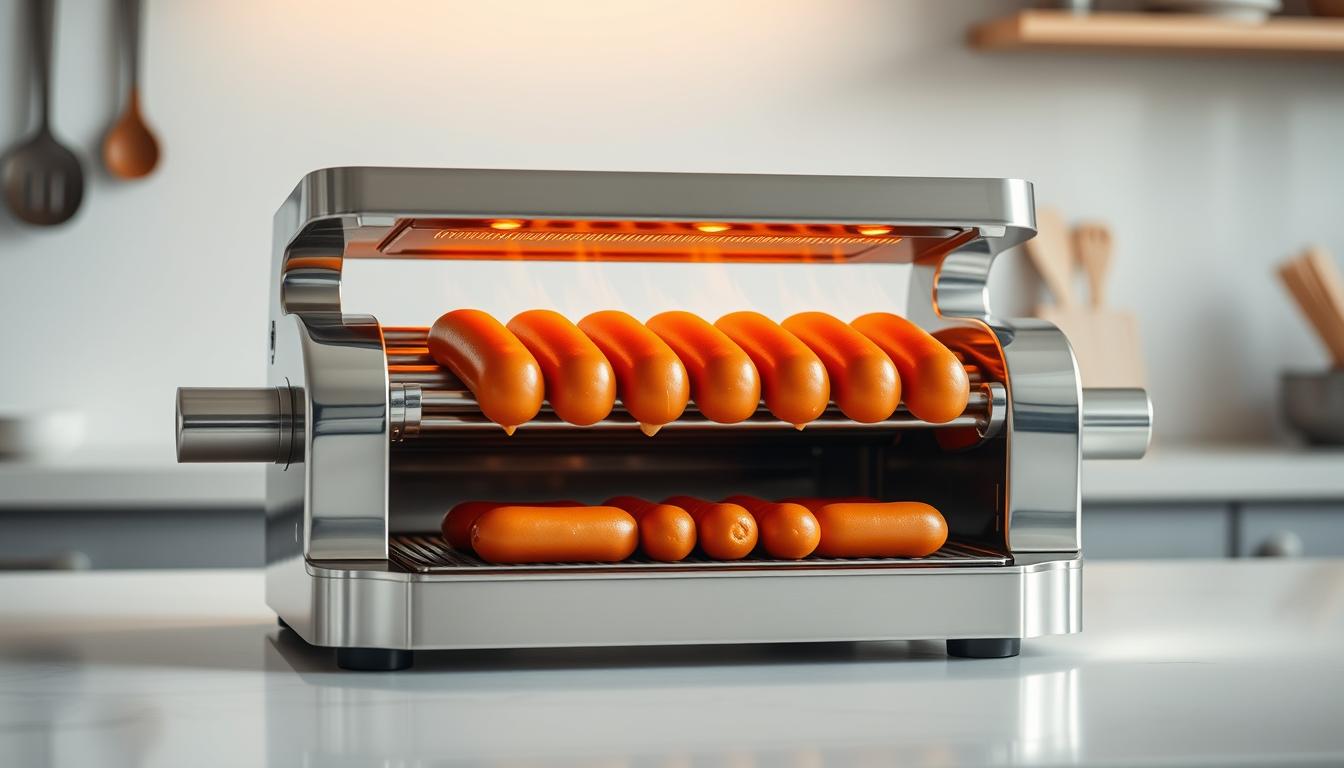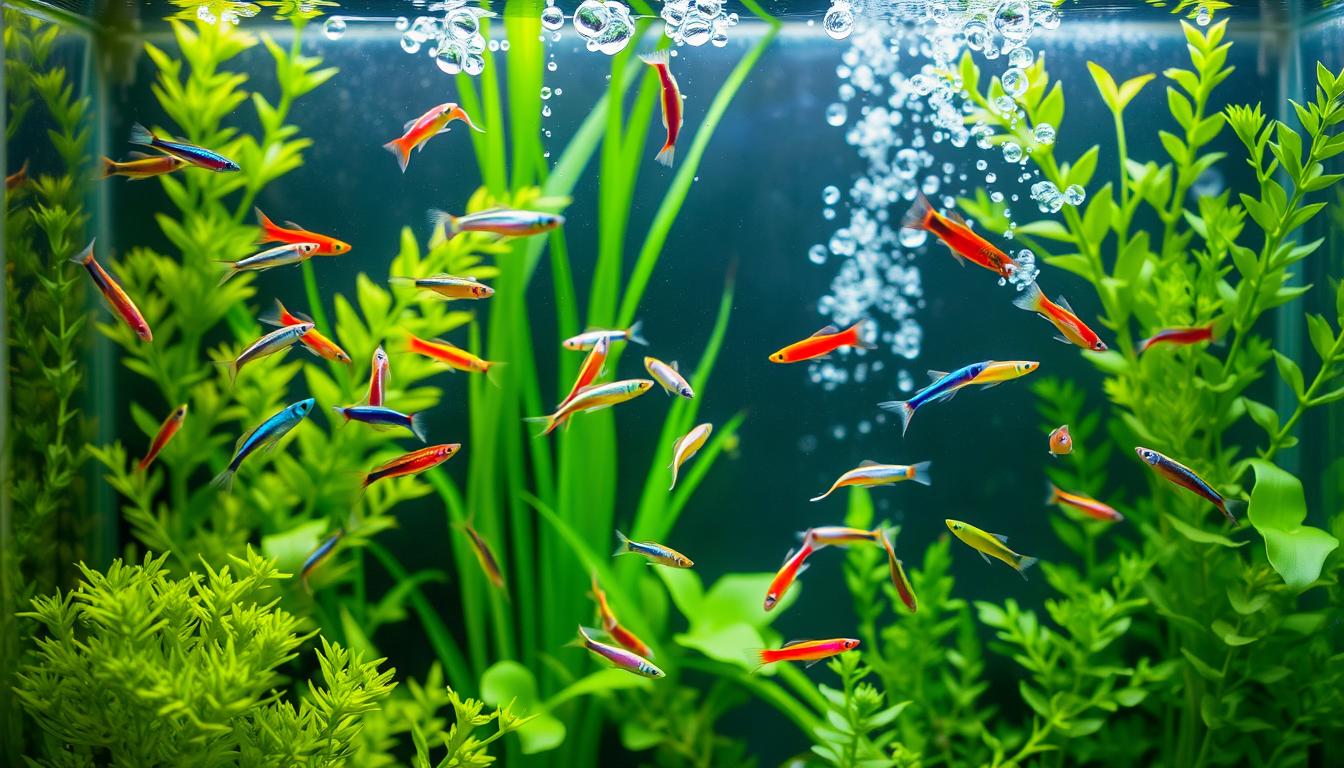Discover the Hidden Charm of Tea Pets: Why Every Tea Lover Needs One

Introduction:
Unveiling the Allure of Tea Pets
Tea pets might sound like a niche interest, but they hold a special place in the world of tea enthusiasts. These charming little figurines are more than mere decorations; they embody centuries of tradition and bring a unique flair to your tea-drinking experience. In this article, we’ll dive into what makes tea pets so enchanting, their history, and why every tea lover should consider adding one to their collection.

What Are Tea Pets?
Definition and Origin
Tea pets, also known as tea friends or tea companions, are small, often whimsical figures traditionally made from clay. Their origins trace back to China, where they have been a part of tea culture for over a thousand years. These figures are placed on the tea tray during the tea ceremony and are cherished for their symbolic meanings and aesthetic appeal.
Materials and Craftsmanship
Tea pets are commonly crafted from materials like Yixing clay, which is known for its excellent heat retention properties. The artistry involved in creating these figures is meticulous, with skilled artisans using traditional techniques to shape and glaze them. Each tea pet is unique, reflecting the personal touch of its creator.
The Historical Significance of Tea Pets
Cultural Roots in China
Tea pets are deeply embedded in Chinese tea culture. They were originally believed to bring good fortune and positive energy to tea drinkers. Historically, these figures were considered to have protective qualities, guarding the tea-making process and ensuring a harmonious experience.
Evolution Through the Ages
Over time, tea pets have evolved from simple, functional objects to intricate, collectible art pieces. Their designs and symbolism have expanded, reflecting changes in cultural attitudes and aesthetics.
Why Every Tea Lover Needs a Tea Pet
Enhancing the Tea Experience
Tea pets add a touch of magic to your tea ritual. Their presence on the tea tray can transform a simple tea session into a more engaging and meditative experience. The act of brewing tea becomes a moment of connection, both with the beverage and with the figurine.
Symbolism and Personal Connection
Each tea pet carries its own symbolism. For instance, some are designed to represent prosperity, happiness, or longevity. Choosing a tea pet that resonates with you can deepen your personal connection to your tea ritual.
Aesthetic Appeal and Conversation Starter
Beyond their symbolic value, tea pets are visually appealing. Their intricate designs and vibrant colors can enhance the aesthetic of your tea setup. They also serve as excellent conversation starters when sharing tea with friends and family.
Choosing the Perfect Tea Pet
Considerations for Tea Pet Selection
When selecting a tea pet, consider factors such as material, design, and symbolism. Yixing clay tea pets are renowned for their quality, but other materials like porcelain or ceramic can also be charming. Think about what qualities or symbols are important to you and choose a tea pet that aligns with your personal preferences.

Popular Designs and Their Meanings
Tea pets come in various designs, each with its own meaning. Common motifs include animals like frogs, turtles, and dragons, each symbolizing different virtues or aspirations. Researching these designs can help you find a tea pet that best represents your own values and desires.
How to Care for Your Tea Pet
Cleaning and MaintenanceConsistent upkeep is crucial to avoid the accumulation of residue.
Displaying Your Tea Pet
Tea pets should be displayed in a way that complements your tea setup. Consider placing them in a central spot on your tea tray where they can be easily admired. Some tea lovers even create dedicated display areas for their collection of tea pets.
The Modern Revival of Tea Pets
Tea Pets in Contemporary Culture
In recent years, tea pets have seen a resurgence in popularity. Modern tea enthusiasts are rediscovering the joy and symbolism associated with these charming figures. They are featured in various tea blogs, social media posts, and tea shops, bringing renewed attention to their role in tea culture.
Innovations and New Trends
Innovations in design and materials have led to a diverse range of tea pets. Contemporary artisans are experimenting with new techniques, resulting in unique and creative designs that appeal to a broader audience.
Conclusion
Tea pets are more than just decorative items; they are a celebration of tradition, artistry, and personal connection. For tea lovers, they offer a way to enhance the tea-drinking experience, infuse it with meaning, and create a more engaging ritual. Whether you’re new to tea culture or a seasoned enthusiast, a tea pet can be a delightful addition to your collection.
FAQs
1. What materials are tea pets made from?
Tea pets are primarily made from materials like Yixing clay, porcelain, and ceramic. Yixing clay is especially prized for its heat retention properties and traditional craftsmanship.
2. How do I choose the right tea pet for me?
Consider the symbolism of different designs and choose a tea pet that resonates with your personal values or aspirations. Also, think about the material and aesthetic that best fits your tea setup.
3. How do I clean and maintain my tea pet?
Clean your tea pet with a soft brush or cloth and avoid harsh chemicals. Regular maintenance helps preserve its appearance and keeps it a cherished part of your tea ritual.
4. Are tea pets only used in traditional tea ceremonies?
While tea pets have their roots in traditional tea ceremonies, they are now enjoyed by tea enthusiasts worldwide. They add charm and meaning to any tea-drinking experience, whether formal or casual.
5. Can I use a tea pet with any type of tea?
Yes, tea pets can be used with any type of tea. Their role is more about enhancing the tea experience and adding a personal touch rather than affecting the flavor of the tea.



